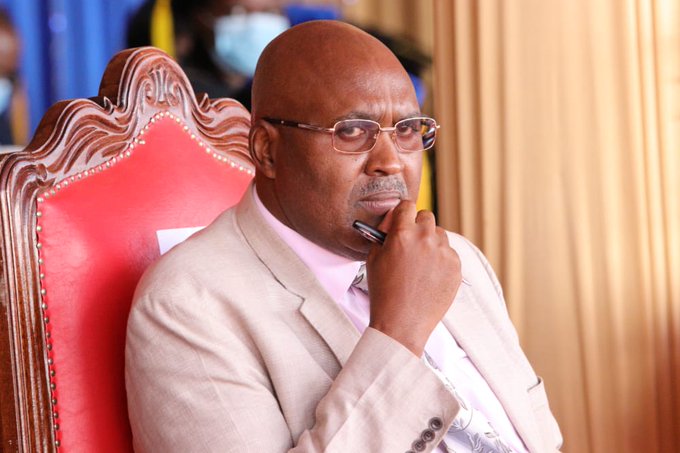

Private universities have proposed significant policy and legal reforms to the university funding model, calling for the establishment of a state agency to oversee student financing.
Through their umbrella body, the National Association of Private Universities in Kenya (NAPUK), the institutions advocate for merging key agencies involved in university education to form the National Students Financial Aid Corporation (NSFAC).
NAPUK also proposes that students in both public and private universities be supported through inclusive loan products covering tuition fees, books, and upkeep.
This is in contrast to the new university funding model, which limits students in private universities to loans, while those in public institutions receive both loans and scholarships.
According to NAPUK, the universities fund and the Higher Education Loans Board (HELB) should be consolidated into a single, professionalised body with the mandate to fund both study and research.
This aligns with recommendations from the Presidential Working Party on Education Reforms, approved by the Cabinet on January 21, 2025, at State Lodge Kakamega.
“The funding body should have the legal capacity to ensure sustainability,” NAPUK stated in its proposal to Education Cabinet Secretary Julius Ogamba.
The proposal comes as the government refines the new university funding model, adjusting the Means Testing Instrument (MTI) following a High Court ruling that annulled the model in December 2024, citing discrimination concerns.
As a result, the government reverted to the Differentiated Unit Cost (DUC) model to disburse funds to first- and second-year students affected by the ruling.
However, DUC also faced challenges.
Introduced in 2017/2018, DUC aimed to have the government finance 80 per cent of university education costs, with the remaining 20 per cent covered by parents and universities.
However, this target was never met. Public universities received a maximum of 66.4 per cent (2018/2019), while private universities peaked at just 18 per cent.
“The steady decline in DUC funding significantly contributed to the financial crisis in universities, prompting the introduction of the New Funding Model,” NAPUK said in a letter signed by Simon Gicharu, founder of Mount Kenya University.
Gicharu emphasised that their proposal moves away from
a social welfare approach toward a more sustainable system, where students are
funded through recoverable loans.
“This aligns with the government’s legal mandate in tertiary education,” he noted.
To ensure sustainability, NAPUK proposes performance-based scholarships, limited to the government’s financial capacity within a given fiscal year and aligned with nationally prioritised programmes.
“Students in both public and private universities should be supported through inclusive loan products covering tuition fees, books, and upkeep,” he added.
To address the funding crisis, NAPUK calls for a new legal framework to establish NSFAC as an independent and professionalized funding body to support students across public and private universities and TVET institutions.
NSFAC will also source funding beyond government allocations, leveraging education bonds, unclaimed financial assets, and training levies from employers like hotel and catering and industrial training levies.
Under the proposal, NSFAC will also be required to establish an endowment fund for long-term sustainability.
“The mechanisms for loan recovery must be effective and efficient,” NAPUK emphasized.
To improve repayment, private universities propose a robust information management system for accurate budget projections and loan disbursement and for assessing students’ financial needs beyond admission applications.
It will also be tracking students' financial backgrounds from basic education onwards.
“The government could leverage national administration officers and education ministry officials to enhance this system,” private universities said.
Private universities propose modelling NSFAC after South Africa’s National Student Financial Aid Scheme (NSFAS), which funds both university and TVET students.
“In South Africa, NSFAS is a government entity under the Department of Higher Education and Training, established under the NSFAS Act of 1999.”
NSFAS sources funding from government, donors, and private contributions, supporting targeted programs such as the Funza Lushaka Bursary Programme to attract youth to teaching.
There is also the Agriculture and Rural Development Bursaries supporting agriculture, fisheries, and forestry.
In South Africa, loan allocations prioritise 70 per cent STEM programs and 30 per cent humanities/social sciences.
“Our proposal is that funding should also align with highly prioritized government programs,” NAPUK argued.
Private universities stressed that the legal challenges surrounding the New Funding Model present an opportunity for the Ministry of Education to rethink university financing.
“Students should repay loans based on their income, ensuring that recovery is fair and adaptable to beneficiaries’ financial situations.”
This proposal aims to establish a sustainable and
equitable higher education funding system, benefiting both students and
institutions.













